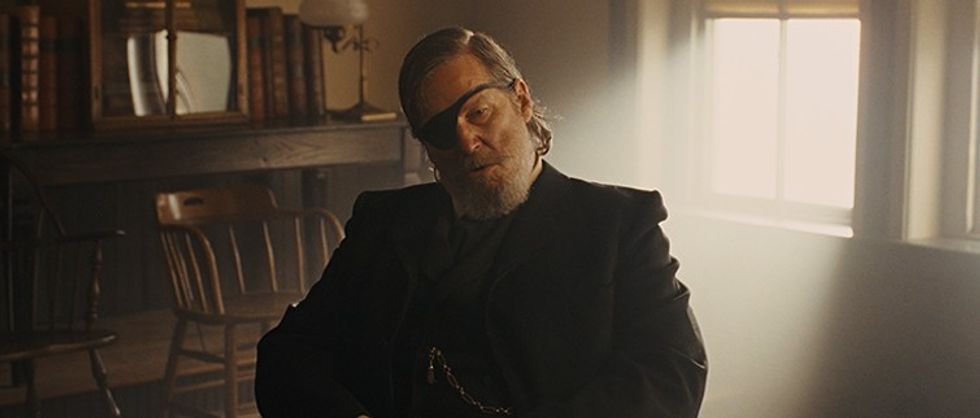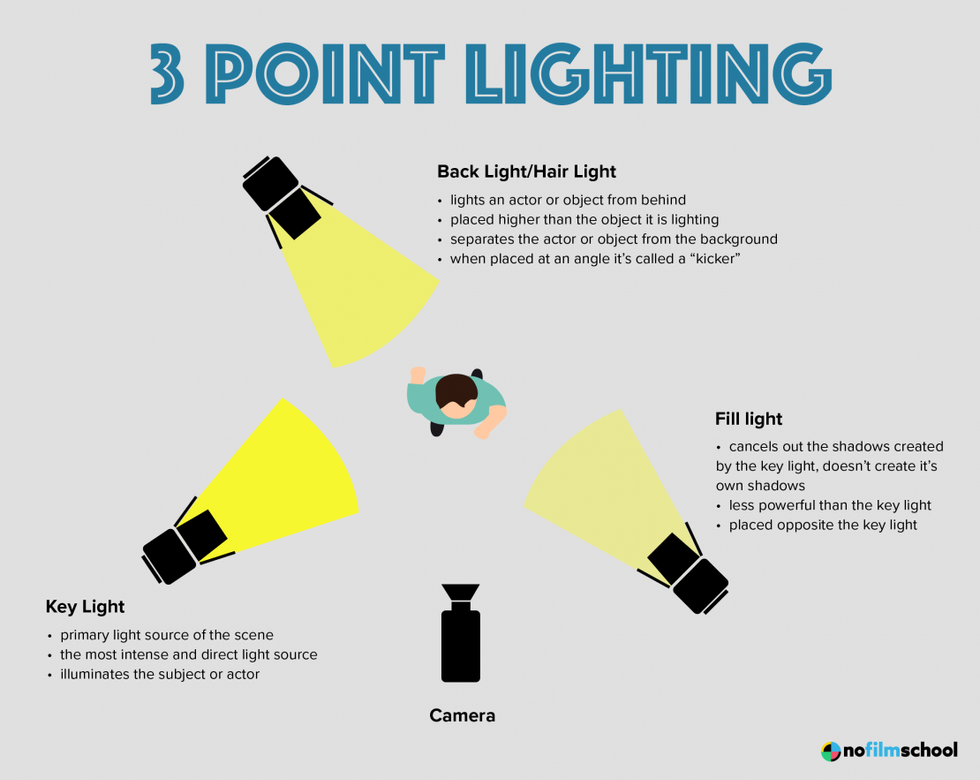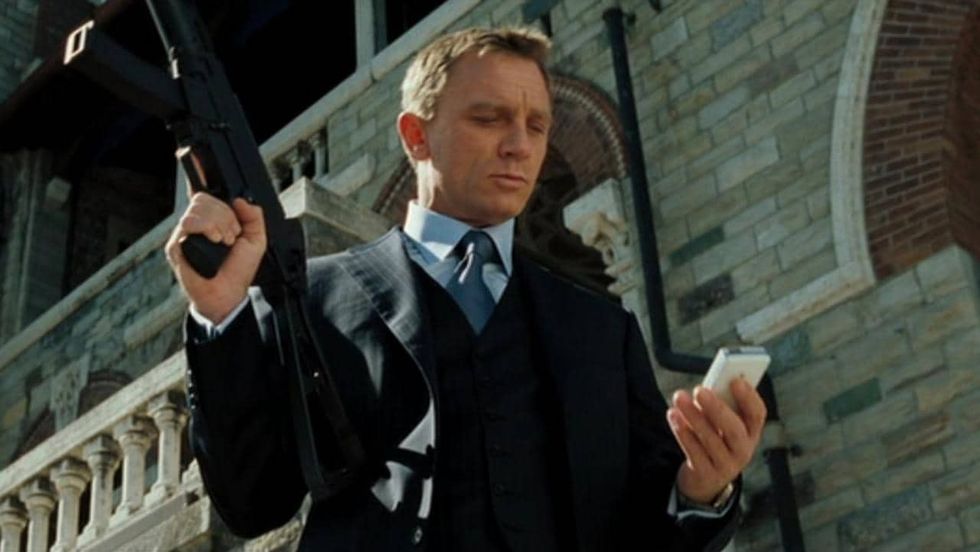
There are some many small techniques when it comes to lighting scenes, that you may forget what each light is called. One of the most crucial lighting techniques that professionals employ is backlighting.
This technique serves as a creative tool that enhances the visual appeal of a scene, adds depth to images, and contributes to the narrative in subtle yet impactful ways.
In this article, we’ll delve into the concept of backlighting, its significance, and how it’s skillfully employed to create stunning cinematic visuals.
Let’s get started.
Backlight — Easy and cinematic lighting
www.youtube.com
Backlight definition

Backlighting is a lighting technique where a source of light is placed behind a subject, facing the camera.
This technique illuminates the subject from behind, creating a rim of light that outlines its edges and separates it from the background.
By placing the light source in this strategic position, filmmakers and cinematographers can achieve a range of visual effects that influence the overall mood, atmosphere, and narrative dynamics of a scene.
Three-Point Lighting Setup

The three-point lighting setup is a fundamental technique in filmmaking and photography that involves the strategic placement of three primary light sources: key light, fill light, and backlight.
The backlight plays a crucial role in adding depth, separation, and dimension to the subject.
By placing the backlight behind the subject, it prevents the subject from blending into the background. This separation makes the subject stand out and prevents them from appearing flat.
How to Use Backlighting Effectively

To use backlighting effectivly, there are a few things you should take into consideration.
- Choose the Right Light Source: Selecting the appropriate light source is crucial to achieve the desired effect. Tungsten, LED, or HMI lights can all be used as backlights, each offering a distinct quality of light. Experiment with different sources to find the one that best complements your scene.
- Control Light Intensity: Backlighting should be subtle, enhancing the scene without overpowering it. Employ dimmers, diffusion, or flags to control the intensity of the backlight. This will help maintain a balanced lighting composition.
- Avoid Flare and Overexposure: Backlighting can lead to lens flare or overexposed highlights if not managed carefully. Consider using lens hoods or flags to block any unwanted light that might cause flare, and adjust the intensity of the backlight to prevent overexposure.
- Combine with Fill Light: While backlighting can be used on its own for creative effects, it’s often paired with a key light and fill light to ensure the subject’s features are adequately visible. Balancing these different lighting sources is crucial for achieving a professional look.
Backlighting is a potent tool in the arsenal of filmmakers and TV producers, enabling them to manipulate light and shadow to create compelling visuals.
Its ability to enhance depth, mood, and subject separation makes it an indispensable technique for storytelling.
Now, go get backlighting!
Author: Jason Hellerman
This article comes from No Film School and can be read on the original site.
